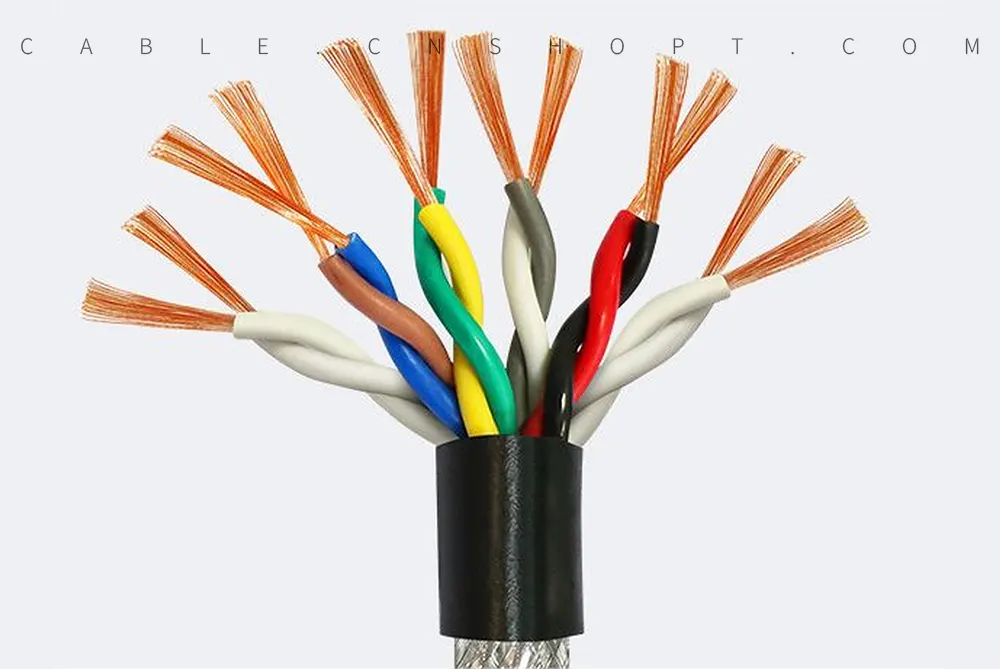Communication cables are essential for transmitting data and signals in various applications, from telecommunications to networking. Understanding the different types of communication cables and their specific uses can help ensure effective data transmission and connectivity.
Communication cables are designed to carry data signals between devices, enabling communication in various forms, including voice, video, and data. These cables come in several types, each tailored for specific applications.
Key Types of Communication Cables
- Description: Consist of pairs of insulated copper wires twisted together to reduce electromagnetic interference.
- Applications: Commonly used in telephone systems and local area networks (LANs), especially for Ethernet connections.
- Description: Composed of a central conductor, insulating layer, and outer metallic shield, coaxial cables are designed to minimize interference.
- Applications: Widely used for cable television and internet connections, as well as in radio frequency transmissions.
- Description: Transmit data as light signals through glass or plastic fibers, allowing for high-speed data transmission over long distances.
- Applications: Essential for high-speed internet, telecommunications, and data centers, where large amounts of data need to be transmitted efficiently.
- Description: Consist of multiple parallel wires, often used for internal connections in electronic devices.
- Applications: Common in computer hardware and other electronic applications where space-saving is crucial.

Different cables support varying bandwidths, affecting the speed and amount of data that can be transmitted. Fiber optic cables typically offer the highest bandwidth.
Shielding and twisting in cables help reduce the impact of electromagnetic interference, ensuring clear signal transmission.
Each type of communication cable has its own distance limitations for effective signal transmission. For example, coaxial cables can transmit signals over longer distances than twisted pair cables.
When installing communication cables, keep in mind:
Follow the manufacturer’s guidelines for bending radius to prevent damage.
Maintain distance from power cables to avoid interference.
Choose cables rated for the specific environment, especially for outdoor or industrial applications.
Note
Communication cables are vital for enabling connectivity and data transmission across various systems. Understanding their types, features, and applications helps ensure you choose the right solution for your needs. If you have questions about communication cables or require assistance, feel free to reach out!
CNSHOPT team will generally respond to your message within eight hours. If it is a weekend or a Chinese statutory holiday, there will be a delay.
We prefer you to contact us via email : info@cnshopt.com. In case of emergency, you can directly contact our WhatsApp account. If you do not receive our reply within 24 hours, please check your spam mailbox, it may appear there. We hope you will add our email to your trust list.